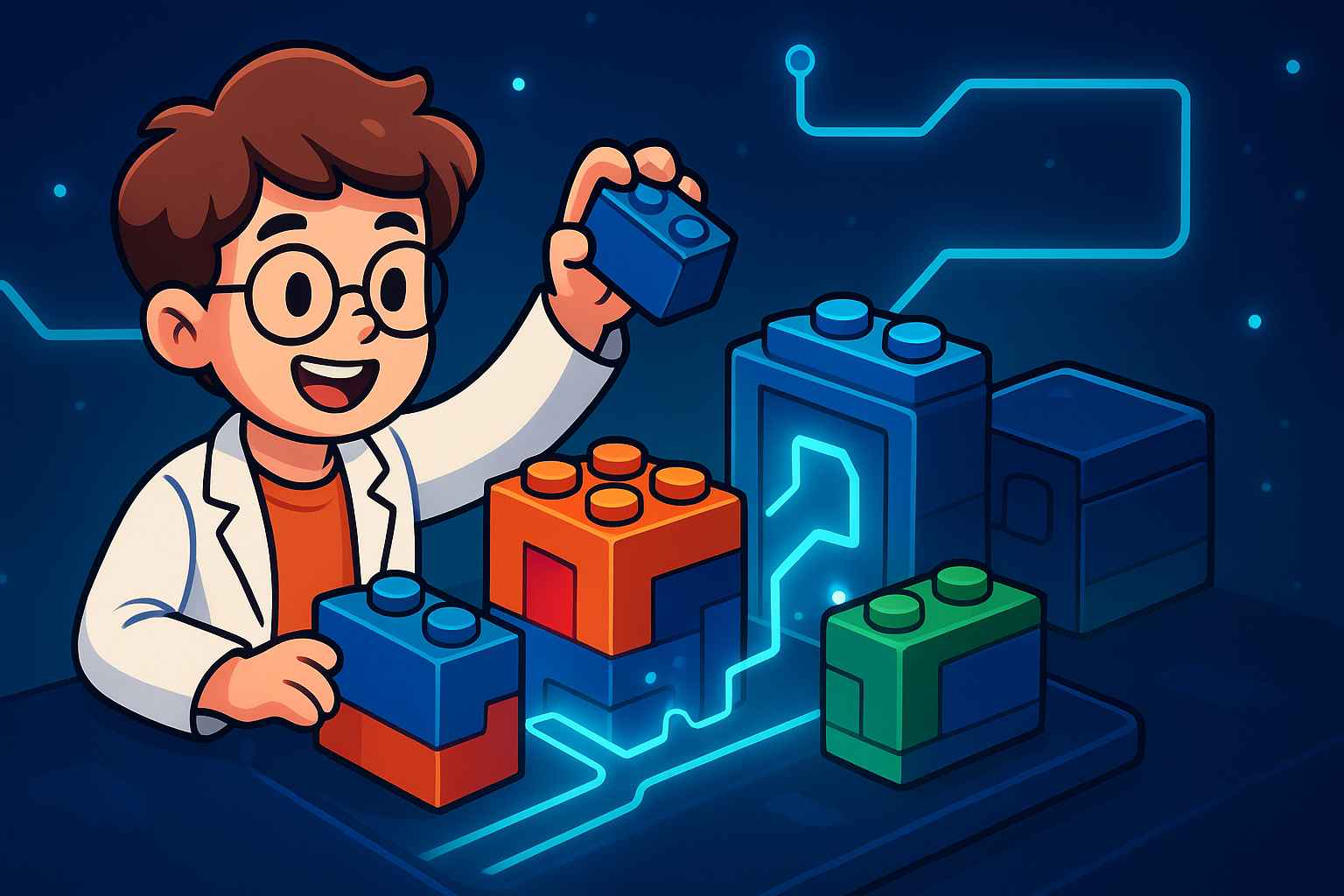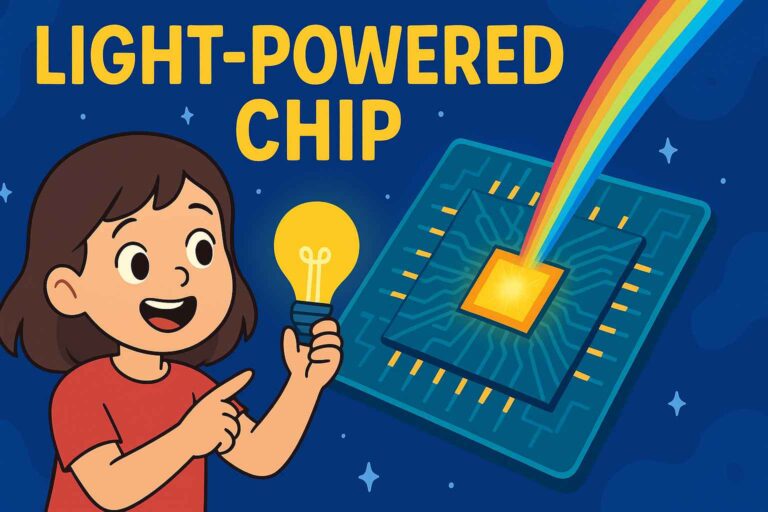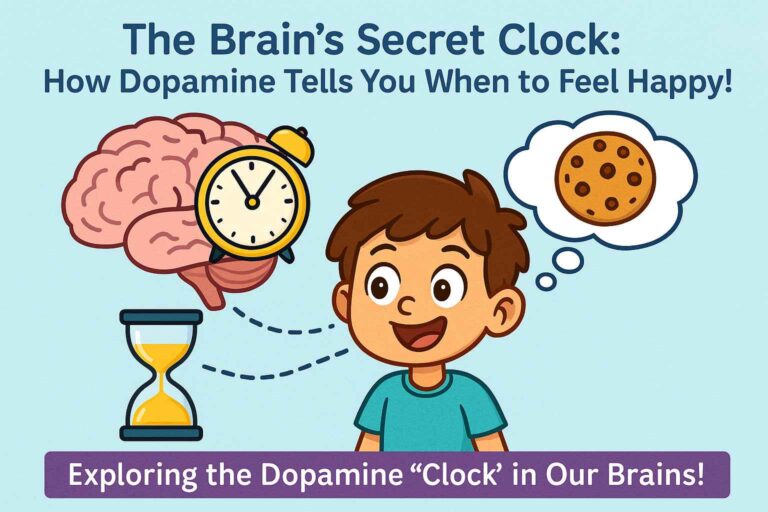
Scientists have designed modular quantum computers that connect like LEGO bricks. This kid-friendly science news explains how this fun idea could lead to powerful, error-free quantum machines of the future.
Imagine building a computer the same way you build with LEGO blocks—clicking pieces together, taking them apart, and rearranging them into something brand-new. Well, scientists are now doing something very similar… but with quantum computers!
Quantum computers are super-powerful machines that work with “qubits” (the quantum version of bits, which are the 0s and 1s in your laptop or phone). These qubits are tricky to control, and making a giant machine with millions of them in one piece is almost impossible. So, scientists thought: Why not build them like LEGO?
That’s exactly what engineers from the University of Illinois have done! They created modular quantum parts—small, high-quality blocks of qubits that can connect, disconnect, and be rearranged. These modules work just like LEGO bricks: easy to link together but powerful when combined.
Why is this important?
Normal computers (like the one you’re reading this on) get faster by adding more tiny circuits. But quantum computers don’t work that way—they need qubits to stay stable, precise, and connected. If one part is wrong, the whole system could fail. By making modular blocks, scientists can:
- Upgrade parts easily without starting over.
- Reconfigure systems to try new designs.
- Scale up to bigger, stronger quantum computers without losing accuracy.
In their experiment, the team connected two modules with superconducting cables (kind of like special quantum “wires”) and tested how well they could swap information between qubits. The result? Almost 99% accuracy—like passing notes in class without anyone dropping them!
What comes next?
This “LEGO style” design means scientists could one day build massive quantum computers by snapping together many modules. Think of it like starting with a small LEGO car and slowly expanding it into a spaceship or even a city!
Professor Wolfgang Pfaff, who led the study, said the big goal is to connect more and more modules while keeping the system error-free. If they succeed, it will bring us closer to the dream of fault-tolerant quantum computers—machines so powerful they could solve problems that today’s best supercomputers can’t even touch.
Why kids should care 🌟
Quantum computers could one day help us design new medicines, fight climate change, and even understand the universe better. And thanks to this “LEGO brick idea,” that future might come a lot sooner!
So, the next time you’re building something with LEGO, remember—scientists might be doing the same thing, but with the computers of tomorrow.






